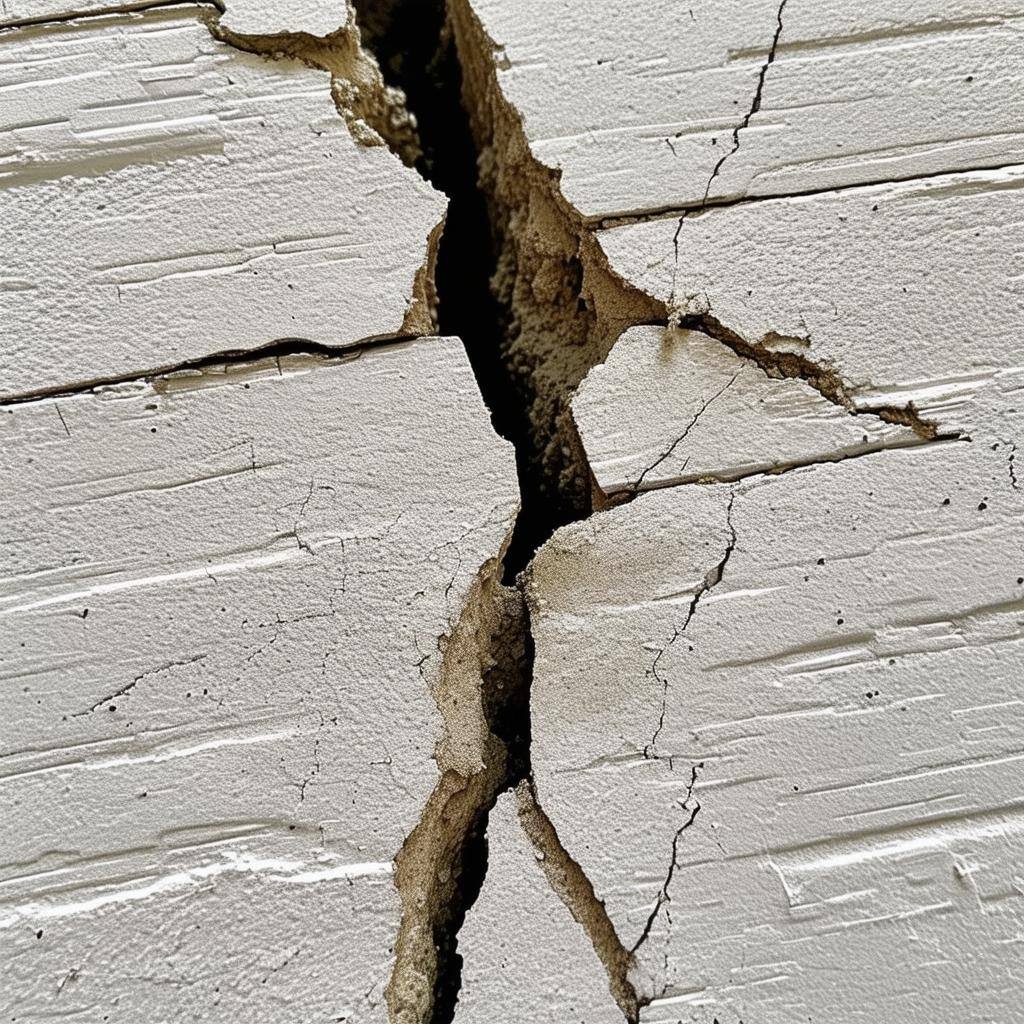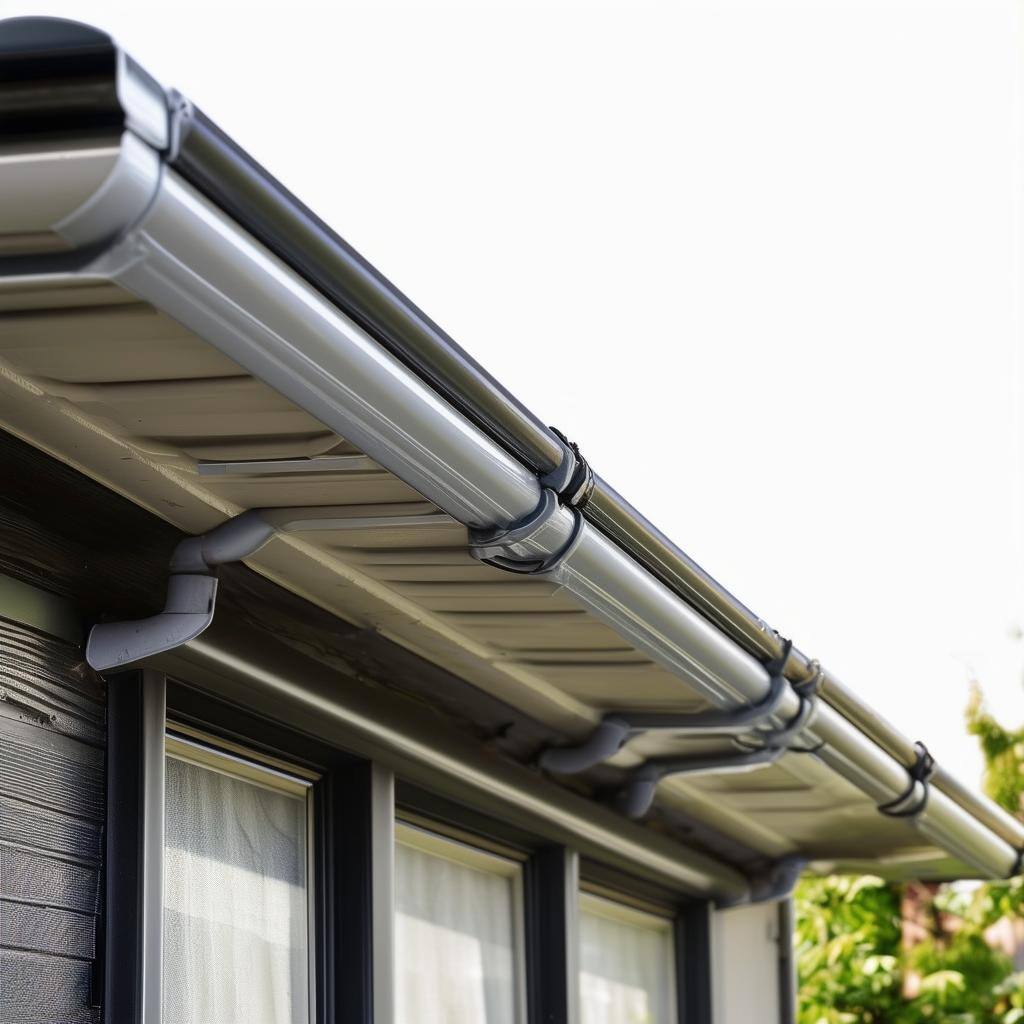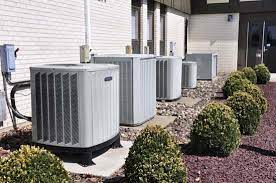The Complete Guide to Residential Fences: Types, Benefits, and Installation Tips
Fences play an essential role in residential properties, offering security, privacy, and aesthetic appeal. Whether you’re looking to define your space, protect your family and pets, or enhance your home's curb appeal, choosing the right fence is crucial. This guide will explore various types of residential fences, their benefits, and key considerations for installation.
Learn More Below for Types, Benefits, Installation & Maintenance Tips!
Types of Residential Fences
1. Wood Fences
Wood fences are a classic choice for residential properties. They come in various styles, such as picket, privacy, and split-rail. Wood provides a natural look and can be easily customized with stains and paints. However, wood fences require regular maintenance, including sealing and staining, to protect against rot and weather damage.
2. Vinyl Fences
Vinyl fences offer a low-maintenance alternative to wood. They are available in multiple styles and colors, providing a clean, modern look. Vinyl is resistant to fading, weather, and pests, making it a durable choice. Although the initial cost may be higher than wood, the long-term savings on maintenance make it a popular option.
3. Chain Link Fences
Chain link fences are a practical choice for many homeowners, especially those looking for affordability and security. They provide visibility while keeping pets and children safe within the yard. While they may not be the most attractive option, chain link fences can be enhanced with vinyl slats for added privacy.
4. Aluminum and Steel Fences
Metal fences, such as aluminum and steel, offer strength and durability. They provide a sophisticated look and require minimal maintenance compared to wood. These fences are often used for security purposes and can be a stylish addition to your landscape, although they may not offer as much privacy.
5. Composite Fences
Composite fences are made from a blend of wood fibers and recycled plastic, combining the best of both materials. They resemble wood but are resistant to fading, rotting, and insect damage. Composite fences can be an eco-friendly option for homeowners looking for sustainability without compromising aesthetics.
6. Wrought Iron Fences
Wrought iron fences are known for their elegance and timeless appeal. They provide high security while allowing visibility, making them an attractive option for front yards and gardens. However, wrought iron can be more expensive and requires occasional maintenance to prevent rust.
Benefits of Residential Fencing
1. Security and Safety
One of the main reasons homeowners invest in fences is to enhance security. A well-constructed fence acts as a deterrent to intruders and helps keep children and pets safe within the property boundaries.
2. Privacy
Fences provide a barrier between your home and the outside world, allowing for greater privacy. This is especially beneficial for homeowners who enjoy outdoor living spaces like patios or pools.
3. Defining Property Lines
Fences clearly mark property boundaries, helping to avoid disputes with neighbors. Knowing where your property ends can prevent misunderstandings and conflicts.
4. Aesthetic Appeal
A stylish fence can enhance the overall look of your home and landscaping. With various materials, colors, and designs available, you can choose a fence that complements your home’s architecture and outdoor style.
5. Noise Reduction
Certain types of solid fences can help reduce noise from outside, creating a more peaceful outdoor environment. This can be particularly beneficial in busy neighborhoods or near roads.
Considerations for Fence Installation
1. Local Regulations and HOA Guidelines
Before installing a fence, check local zoning laws and homeowners association (HOA) guidelines. Regulations may dictate height, materials, and placement, ensuring compliance and avoiding potential fines.
2. Purpose of the Fence
Determine the primary purpose of your fence. Whether it’s for security, privacy, or aesthetics, understanding your needs will help guide your choice of materials and design.
3. Material Durability
Consider the climate in your area when selecting materials. Some materials may perform better in specific conditions; for example, wood may not be ideal in very humid climates due to the risk of rot.
4. Budgeting
Set a budget for your fencing project. Costs can vary widely based on materials, labor, and the size of the area to be fenced. Remember to include ongoing maintenance costs in your budget.
5. DIY vs. Professional Installation
Decide whether to install the fence yourself or hire professionals. While DIY can save money, professional installation ensures that the fence is built correctly and meets local codes.
Maintenance Tips for Residential Fences
- Wood Fences: Inspect regularly for rot or damage. Reapply stain or sealant every few years to protect against moisture.
- Vinyl Fences: Clean with soap and water to remove dirt and stains; they require minimal upkeep.
- Metal Fences: Check for rust and repaint as needed to maintain protection against corrosion.
- Chain Link Fences: Inspect for bent sections and tighten any loose components.
Summary
Residential fences are valuable additions that enhance security, privacy, and aesthetic appeal. By understanding the various types of fences available, their benefits, and the key considerations for installation, homeowners can make informed choices that meet their needs. Whether you’re looking to create a cozy backyard retreat or secure your property, the right fence can elevate your home and provide lasting value.
Why don't homes come with a user manual?
We don't know, either. But we're here to help.
See how, below...from tackling the maintenance tasks you can’t stand or always forget, to getting proactive with your maintenance, to sending out contractor referrals we actually know & trust!
You May Also Like
These Related Stories

Home Foundation Guide

Gutters Guide
